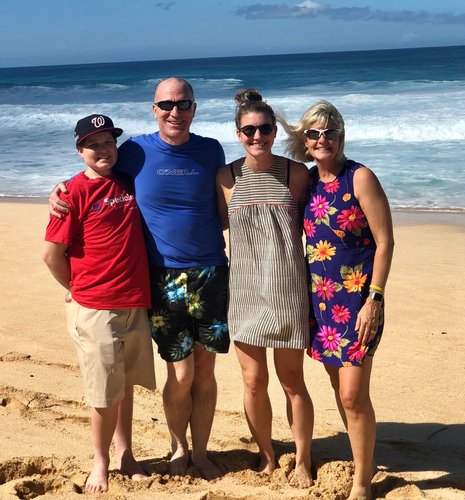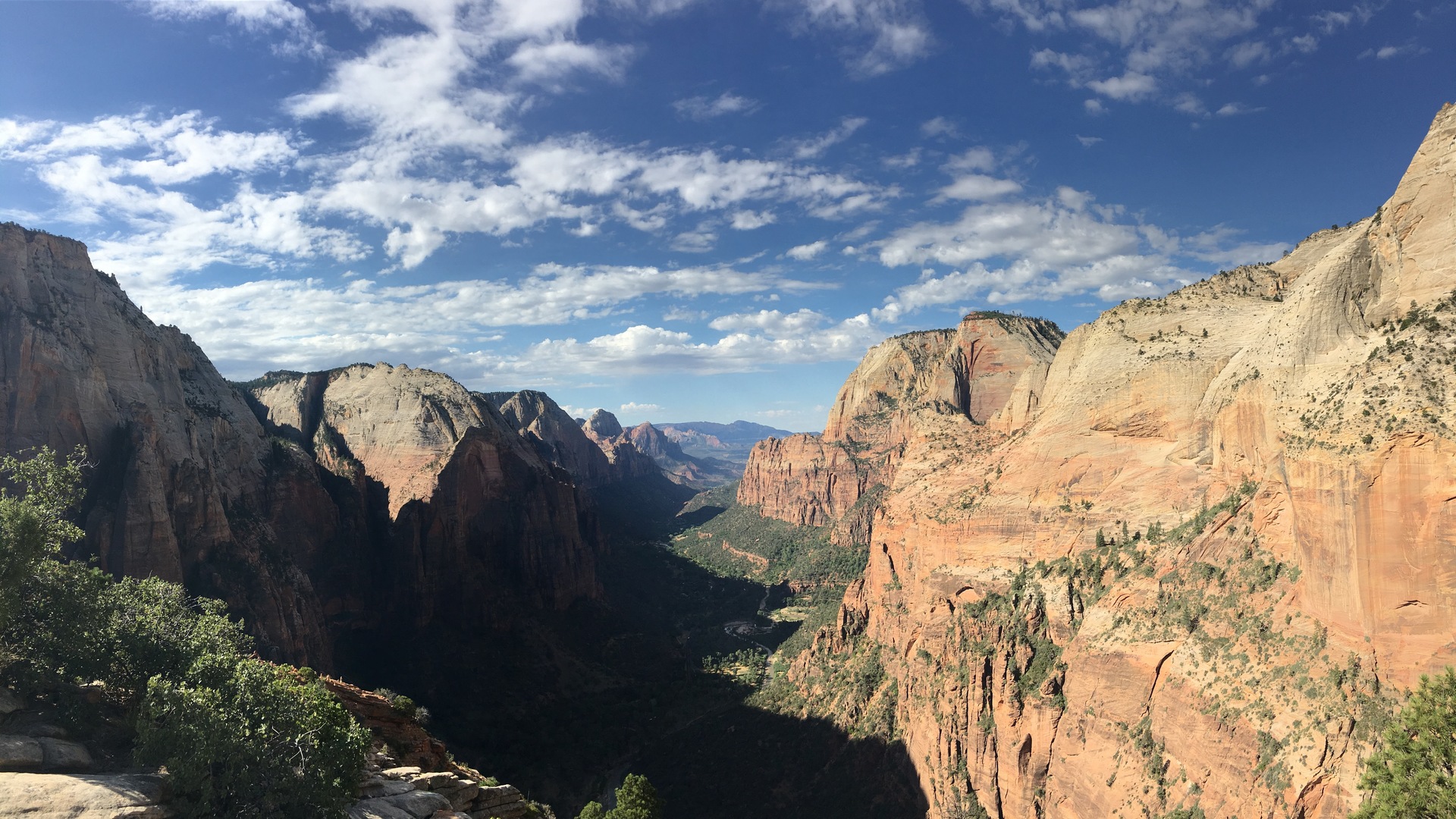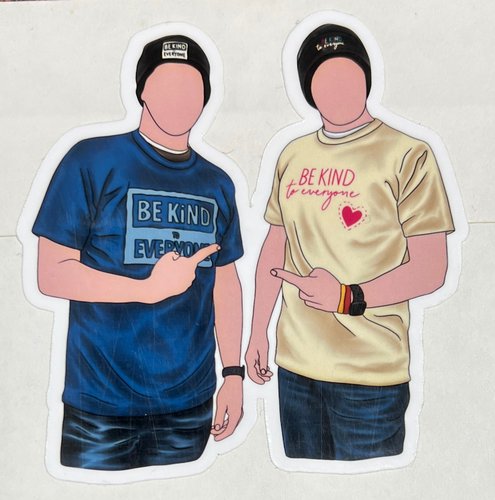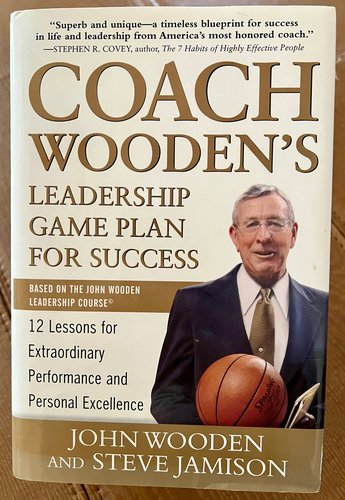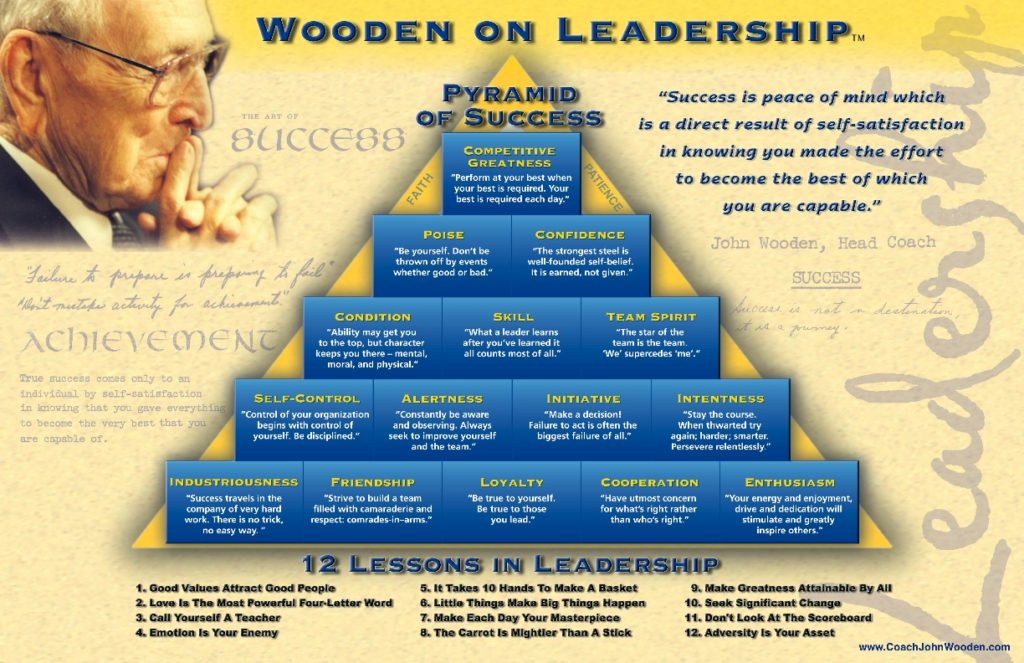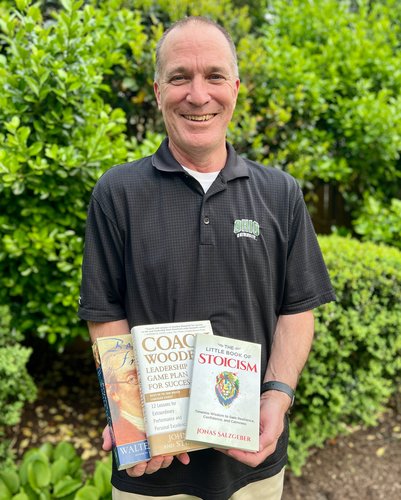Summary Overview – Collaboration with Claude.AI
In this blog post, I share how the writings of Wendy Coad, Seth Godin, and Rajesh Setty have inspired me to reflect on the importance of dedicating ourselves to what matters most, being intentional about how we spend our time, and slowing down the pace of life to make room for contemplation and creativity.
I discuss how my son Ryan’s cancer diagnosis in 1996 forced me to ruthlessly prioritize my time and energy. My top priorities became self-care, family, career, and managing healthcare coverage. By staying laser-focused, I and my family persevered through the immense challenges we faced. Over the past 27 years, we have emerged stronger, dedicated to personal growth and helping others.
The wisdom shared by Coad, Godin, and Setty resonated deeply with the lessons I learned through that difficult chapter. Coad’s example of honestly assessing her priorities and eliminating overcommitments, Godin’s warning about smartphones making us hurried and distracted, and Setty’s beautiful reframing of how Parkinson’s disease forced him to slow down and notice the richness of life – all of these perspectives reinforce my conviction about living more deliberately and savoring the wonder around me.
I encourage my readers to join me on this journey. Prioritize time for self-reflection, set boundaries to protect what matters most, and consciously choose to slow down. In doing so, we open ourselves to the “ordinary” beauty of life and opportunities for growth that are always available when we create the space to see them.
Full Original Writing
This post is inspired by Wendy Coad, Seth Godin, and Rajesh Setty. Thanks to their writing, I am inspired to write about the important work we should all dedicate ourselves to, prioritizing where we allocate our time, and the value of intentional effort to slow down the pace of our lives to allow time for contemplation and creativity. Slack/buffer built into our daily lives enhances the “ordinary” beauty in our lives and allows for a calmer internal state. Our days are not packed with back-to-back urgencies that allow no room for delays or unexpected occurrences.
Life will throw adversity into our path. Adversity is part of the human condition.
On October 17, 1996, my and my family’s life was turned upside down and changed forever when my son Ryan was diagnosed with childhood cancer at two years and two months old. I realized quickly that my priorities had to be narrowed, and the final list of my few critical priorities needed to be ruthlessly adhered to. My energies had to be laser-focused, and my willingness to say “NO” would become essential. I would not apologize for protecting my priorities and did not need to explain myself to anyone. I would do my best every day… with genuine intent and based on the knowledge I possessed. My, and my family’s, survival was at stake.
Writing this in May 2024, over 27 years later, I am eternally grateful that Ryan is a survivor and my family is intact and doing well. Fate has challenged us immensely, and we are standing tall today, forever changed in unimaginable ways. My wife Terri has beautified the world with her love of quilting and designing treasured t-shirt quilt keepsakes. She has written a memoir of Ryan’s experience (The Focused Fight: A Childhood Cancer Journey From Mayhem to Miracles, published in March 2021). Our daughter Olivia persevered and changed our lives through her love and commitment to soccer. She is now married to her husband Bo, and they are new parents to a beautiful baby boy, Bodie, born March 25, 2024! We believe in post-traumatic growth and are dedicated to helping others and making the world kinder and gentler.
At the time of Ryan’s diagnosis in 1996, I was scared and mentally wondered, “How do families survive this?” We were all in the biggest war of our lives. There was no instruction manual, and Ryan’s life was at stake. Terri and I dedicated ourselves to doing everything humanly possible for Ryan and Olivia, and we would attack this one day at a time. I had no thought of how I would be profoundly changed over the years. I am beyond grateful and feel I am a greater contributor to the world due to my experience. I am consumed with how to grow personally and leverage my growth to be more valuable for helping others.
My highest priorities identified in 1996 were sharpened by the urgency of moving forward through Ryan’s medical treatments and the stress our family endured as a result. The nonnegotiable priorities that I determined required my complete attention were:
- Self-care: Focus on health and personal development. I needed to do my best to be my best for my family and my career and to be of value to others.
- Family: My role as spouse, father, and caregiver. My family is the world to me.
- Career: Bringing the best I could to my professional responsibilities. Continual development and finding ways to work more effectively were imperative. My twin brother Don was my “right hand” in helping me think differently and holding me accountable to make progress. I endured high stress about my ability to support the family financially and provide healthcare coverage to cover the financial exposure of Ryan’s medical care requirements.
- Monitoring Healthcare Coverage: This aspect felt like a full-time job besides my other priorities. Likely, my love of personal finance was cemented through the stress of continual concern about healthcare coverage and the risk of bankruptcy.
Living my life with the clarity of my priorities allowed me to be relentless in setting boundaries of where I would permit my time to be allocated. As Mr. Pollin once encouraged me, “Bill, you need to keep your eye on the ball, and that ball will change…” My emphasis on the differing priorities has fluxed; thankfully, the core structure has provided a framework that enhanced my quality of life. I determined what was important in my life, and while bending (dancing) within the framework, I have stayed true to my core matters of importance.
During the years since Ryan’s diagnosis, I have embraced the times when greater freedom existed in my schedule. My priorities have often maxed out my capacity, and when an opportunity for a break would occur, I was diligent about taking time to relax. I refused to move on frantically to another activity. Protecting my time and sanity was a component of self-care that was extremely important to me.
Slowing down became a mission for me. I strive for my daily pace to be more deliberate and relaxed with reduced commitments to build a buffer in my day. When I can live this way, my ability to be my best self and help others is optimized.
Recent readings that inspired me were:
Wendy Coad, in a post from my community of practice (Purple.Space), shared about her evolving priorities and the activities she has chosen to eliminate from her schedule. It was refreshing to see Wendy’s honesty with herself, recognizing she cannot do everything. Too often, we think, “I can handle this,” and add a new obligation to our list of priorities. We make the mistake of over-committing and become overwhelmed with our to-dos. The willingness to pick the highest priorities and eliminate everything else is a massive strength for anyone to possess. The impact of Ryan’s diagnosis forced me to be brutally honest with myself, and I pared down my priorities practically overnight. The core list has been my guide since that day. Giving my best for my family was my guiding north star.
Seth Godin‘s blog On One Foot, discusses how “Smart phones can hobble us.” We hurry through our lives handling things on a small phone screen in short bursts. He says, “There could be a direct correlation between smartphone usage and underinformed mass behavior.” Seth even suggests that “opening up a laptop might count as slowing down a bit.” Slow down.
Rajesh Setty‘s LinkedIn post, encourages “Slowing down to witness wonder.” Rajesh is an inspiring, caring, and generous person I have met through social media. I look forward to the wisdom he consistently shares and encourage everyone to follow him on social media! In his post, he shares that his diagnosis of Parkinson’s forced him to slow down and ultimately develop his reframe: “Slowing down allowed me to observe more than most people who are too busy to notice.” I am sharing Rajesh’s full post below and encourage pausing and asking yourself, “How can I be more intentional about slowing down?”
“Slowing down to witness wonder
We live in a fast-paced world where everyone seems too busy to notice the richness around them. By “world around us/them,” I mean nature, people, and conversations happening right in front of us, not just online.
When you pay close attention, you’ll witness wonder. The world around you speaks and whispers in vivid colors, both through nature and people.
I noticed this because of a health situation, Parkinson’s, which forced me to slow down.
Over time, instead of complaining about slowing down, I began to appreciate the world’s richness. Everything seemed to be in slow motion, not by choice but by design. Slowing down allowed me to observe more than most people who are too busy to notice.
This higher fidelity observation was a gift that came with Parkinson’s. It sparked more ideas for me than ever before. That’s why I reframed Parkinson’s to (S)Parkinson’s.
Although I discovered this because of (S)Parkinson’s, you can choose to slow down and witness the wonder in the world around you without going through something like that. In fact, I wouldn’t wish my experience on anyone. But by choosing to slow down, you can truly appreciate the beauty around you.
PS: If you are curious to know more about my ongoing adventure with (S)Parkinson’s, here is more in my book UNSHAKEN (published by INKtalks).”
Rajesh notes that we all can choose to slow down and witness wonder in our world without going through a life-threatening experience. Please take his encouragement to heart, prioritize time to be with yourself, and contemplate actionable steps to move you towards a slower lifestyle. Join me on this life-enhancing journey!
